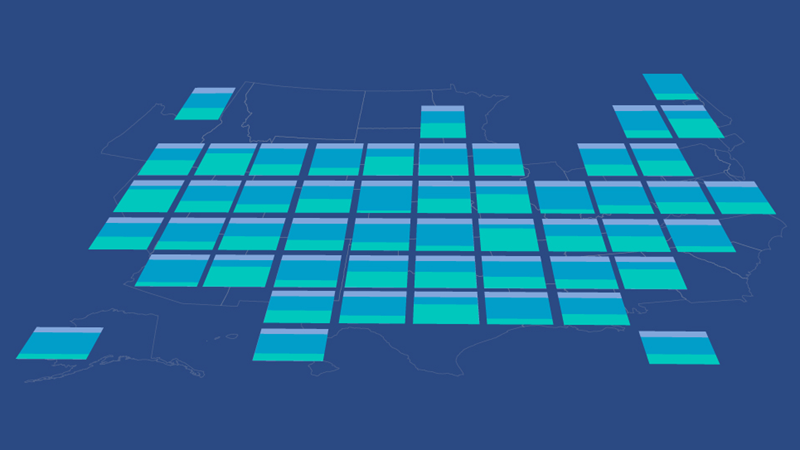How States Raise Their Tax Dollars
FY 2020
Note: this data has been updated.
Taxes make up about half of state government revenue, with two-thirds of states’ total tax dollars coming from levies on personal income (36.5%) and general sales of goods and services (32.2%).
Broad-based personal income taxes are the greatest source of tax dollars in 29 of the 41 states that impose them, with the highest share—67.6%—in Oregon. General sales taxes are the largest source in 16 of the 45 states that collect them. Texas is the most reliant on these taxes, at 63%. Other sources bring in the most tax revenue in a handful of states: severance taxes in Alaska and North Dakota; property taxes in Vermont; license taxes and fees, such as franchise taxes that companies pay to incorporate in a state, in Delaware; and selective sales taxes on particular goods and services, such as tobacco and hotel rooms, in New Hampshire.
This infographic illustrates the sources of each state’s tax revenue.










